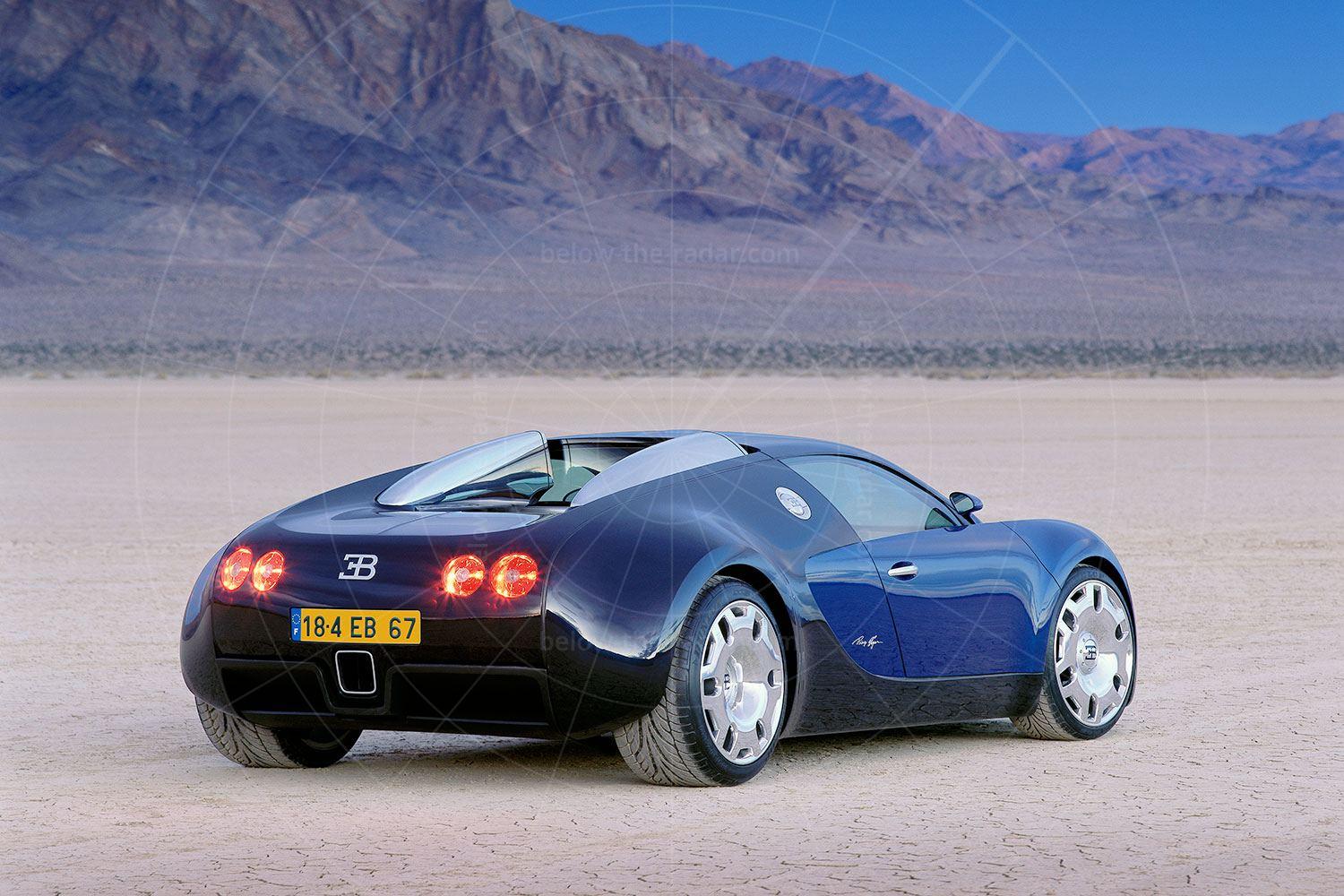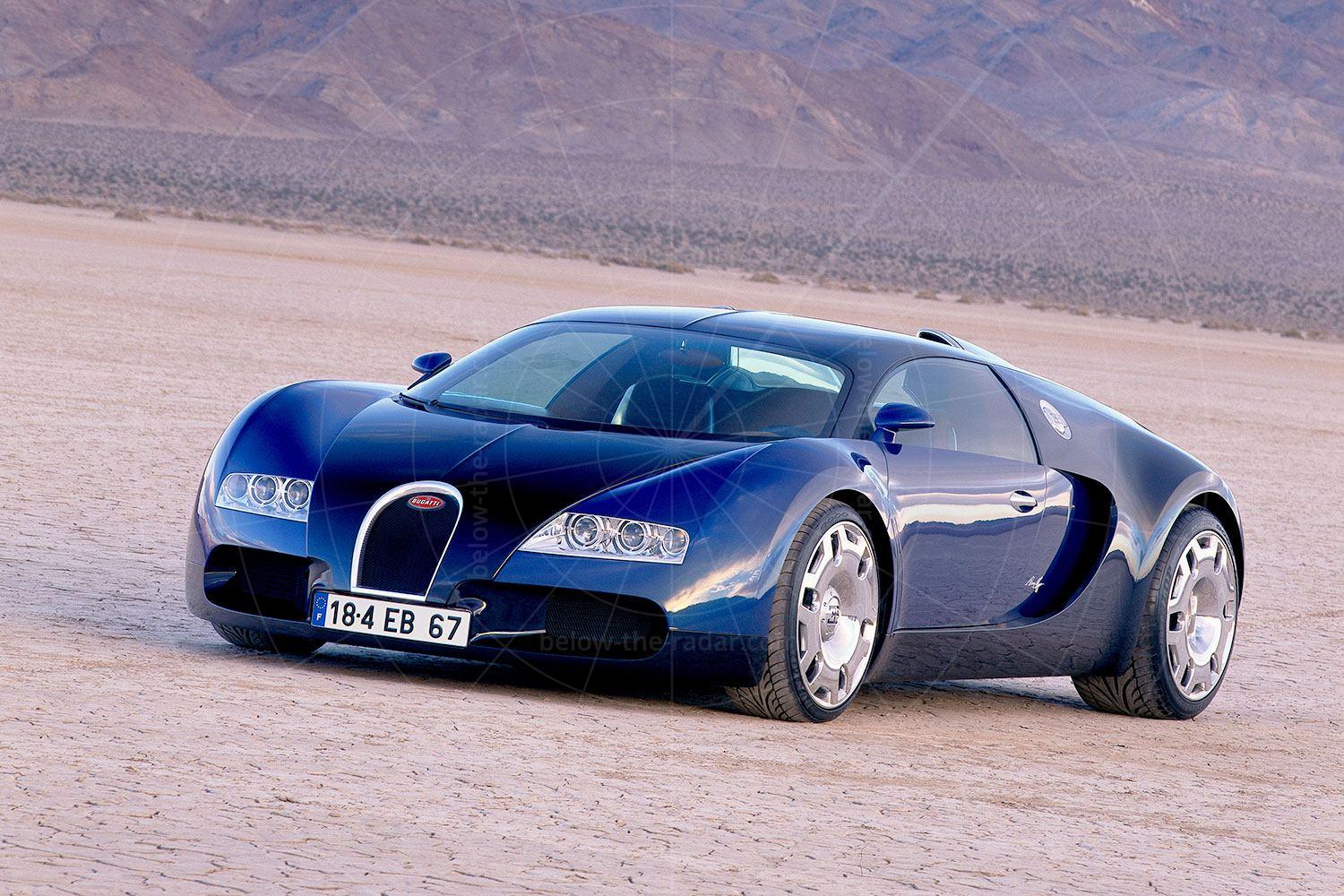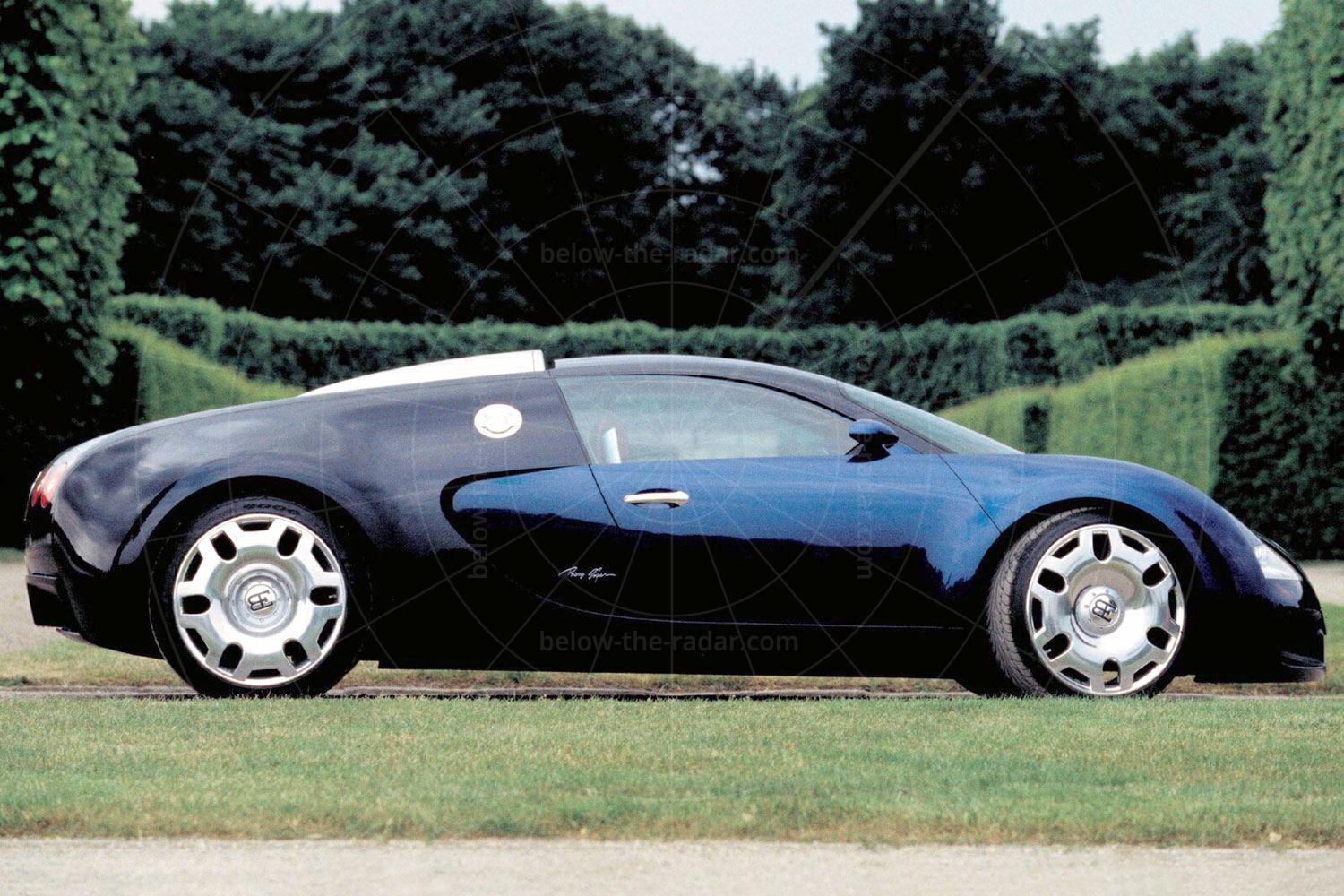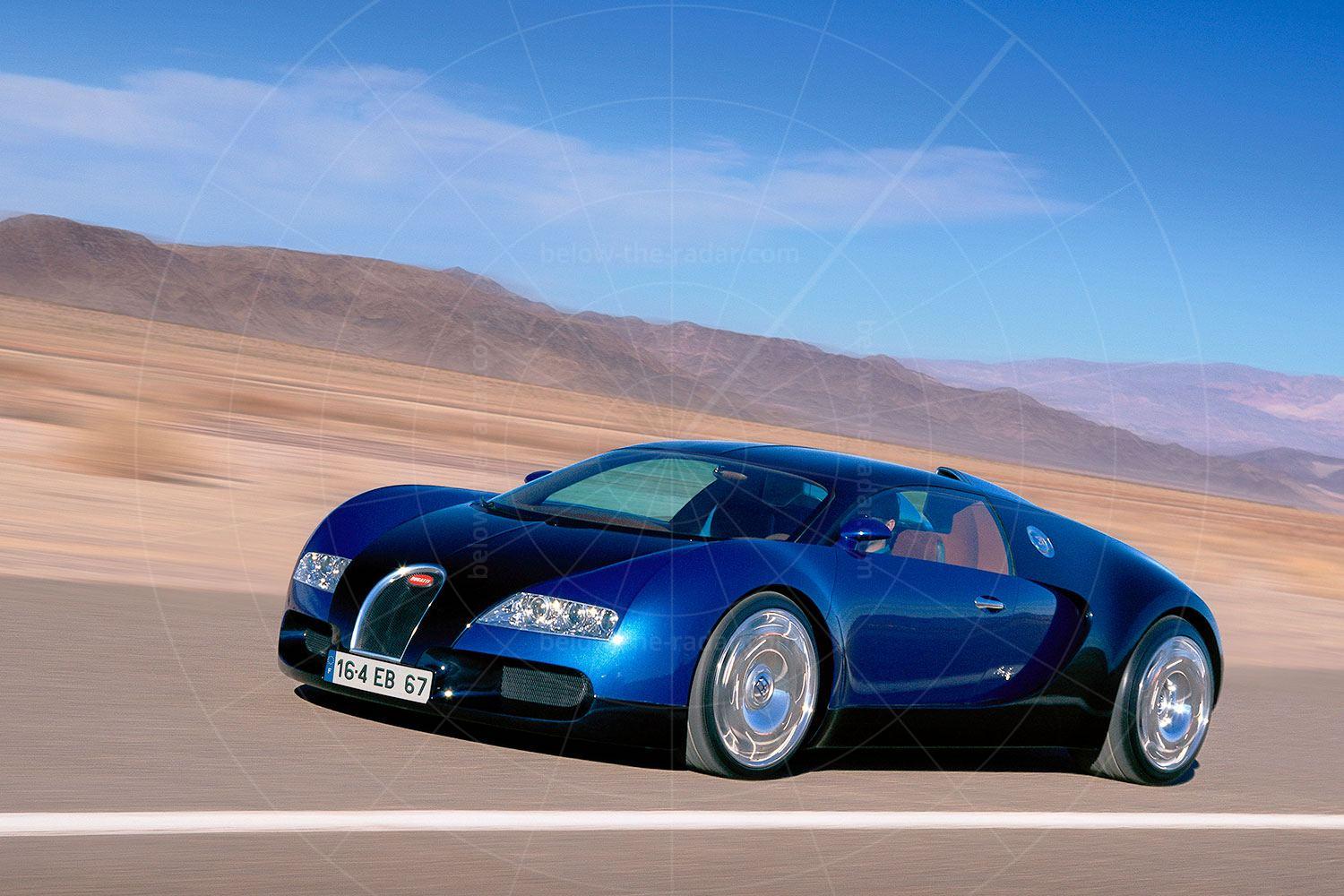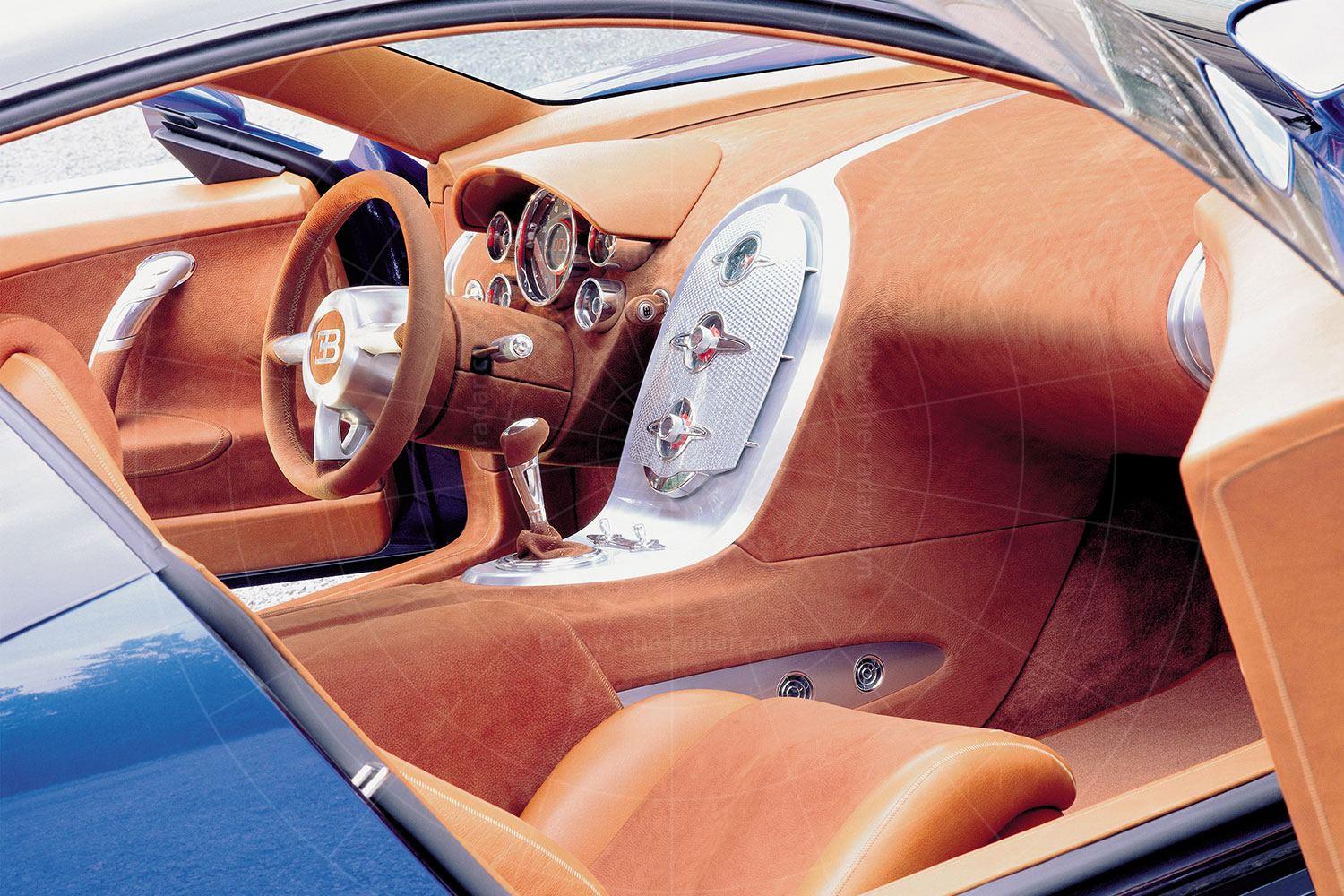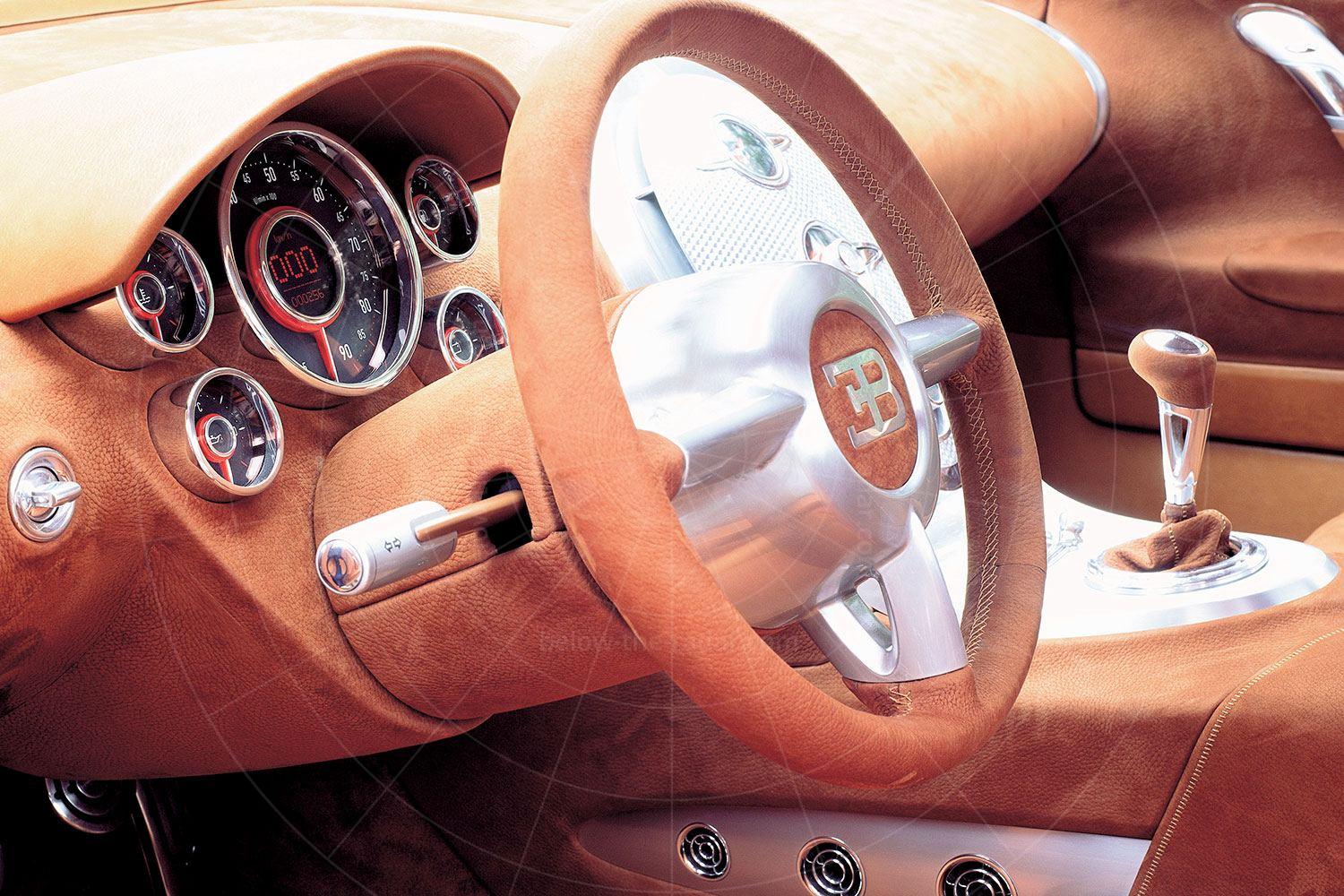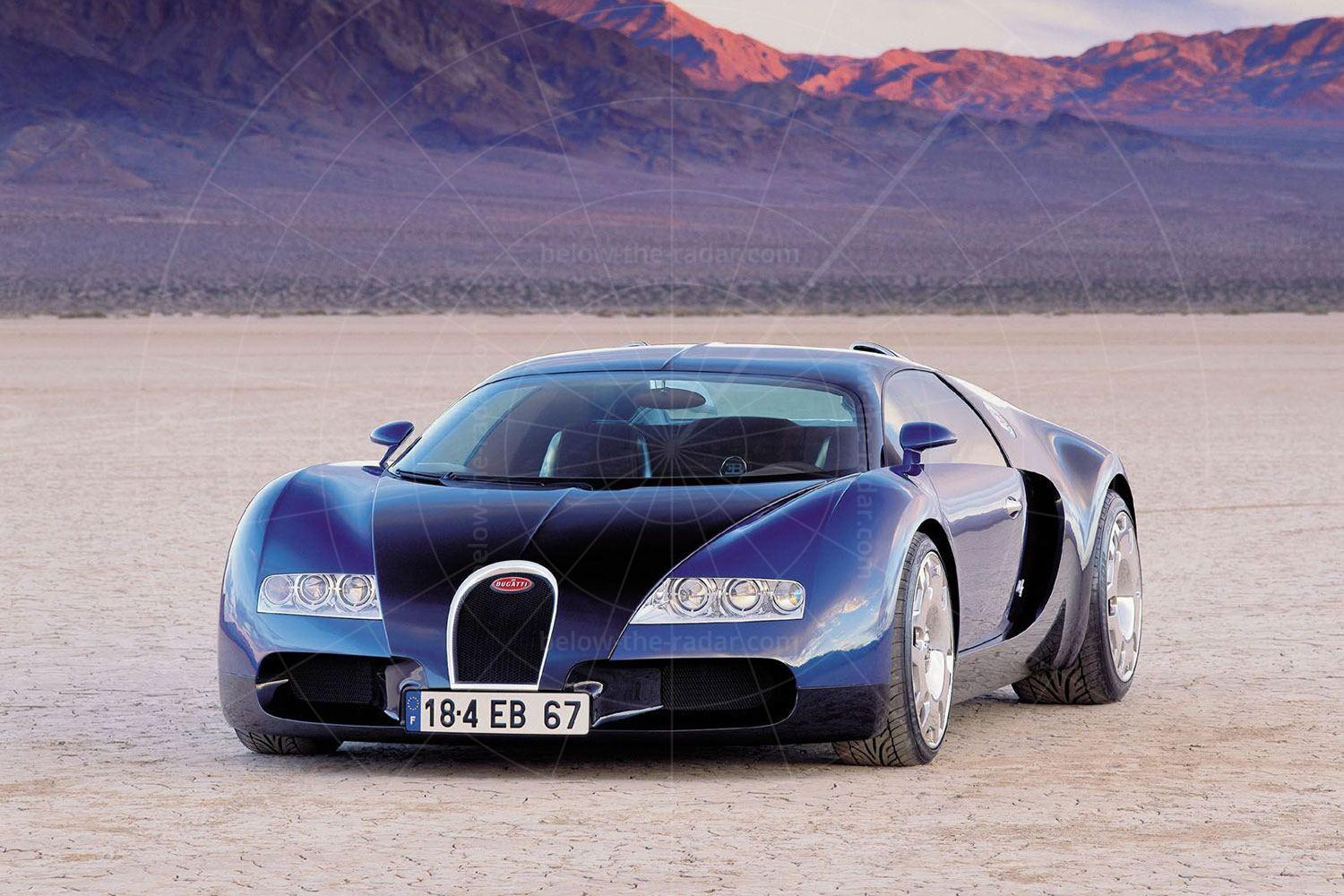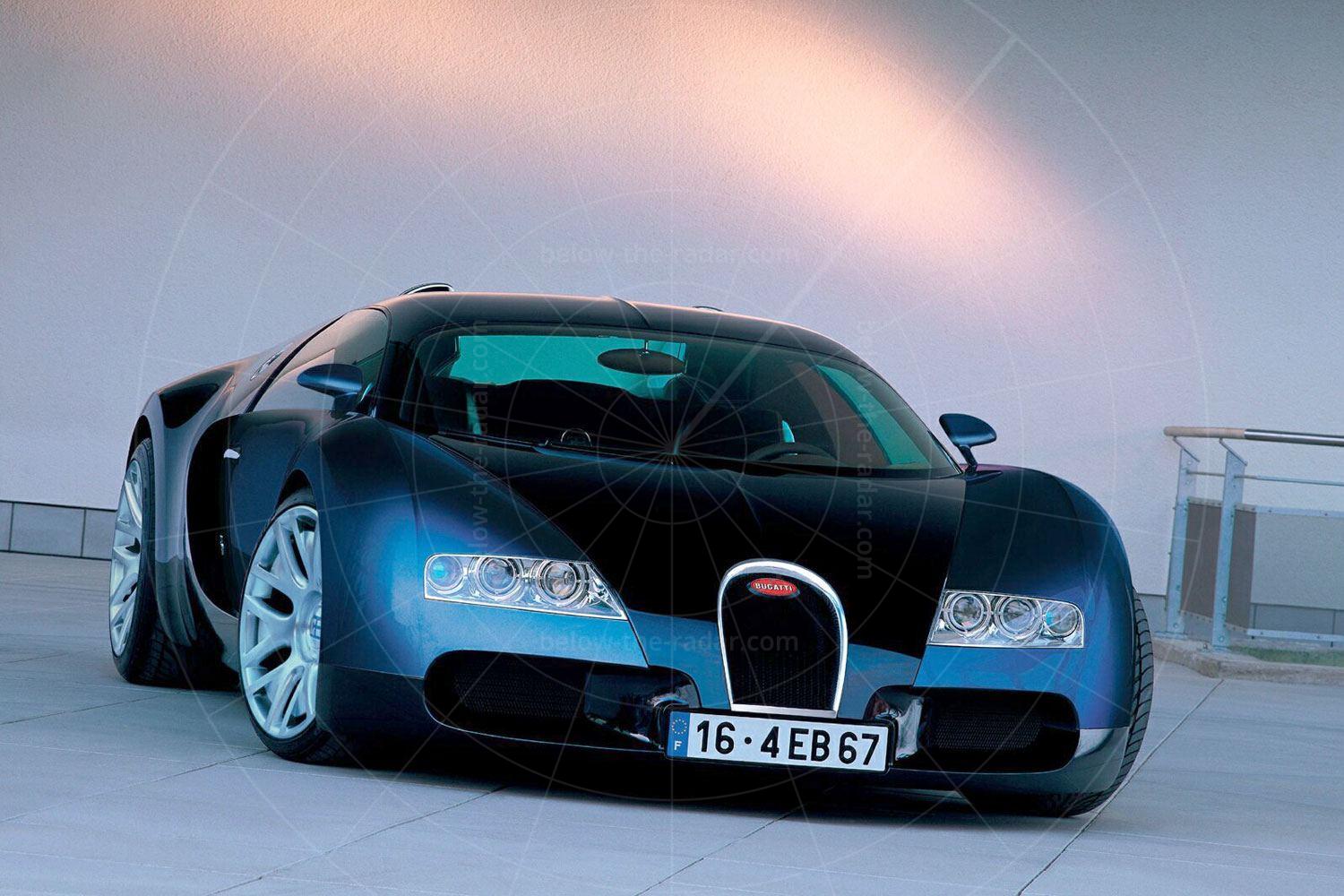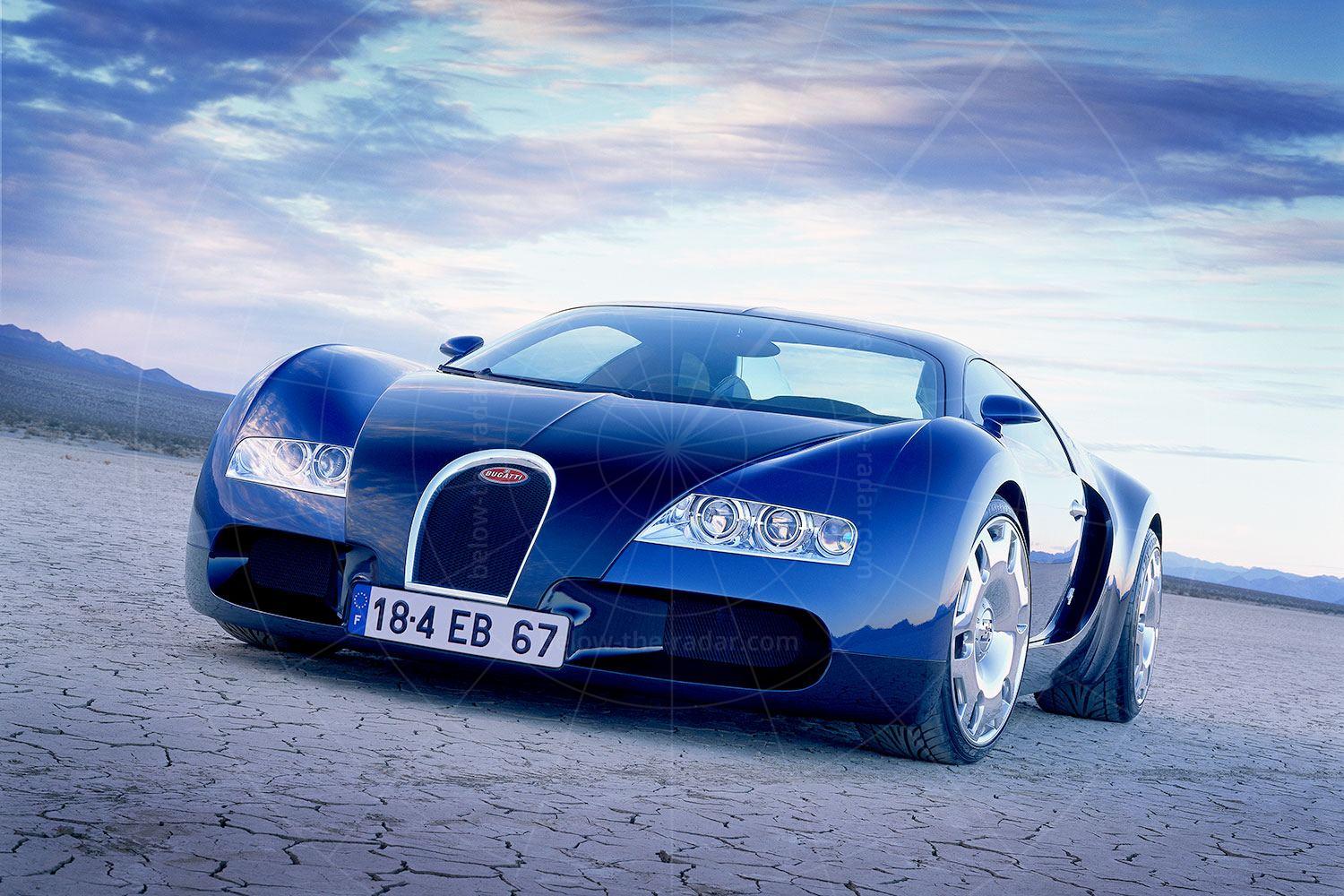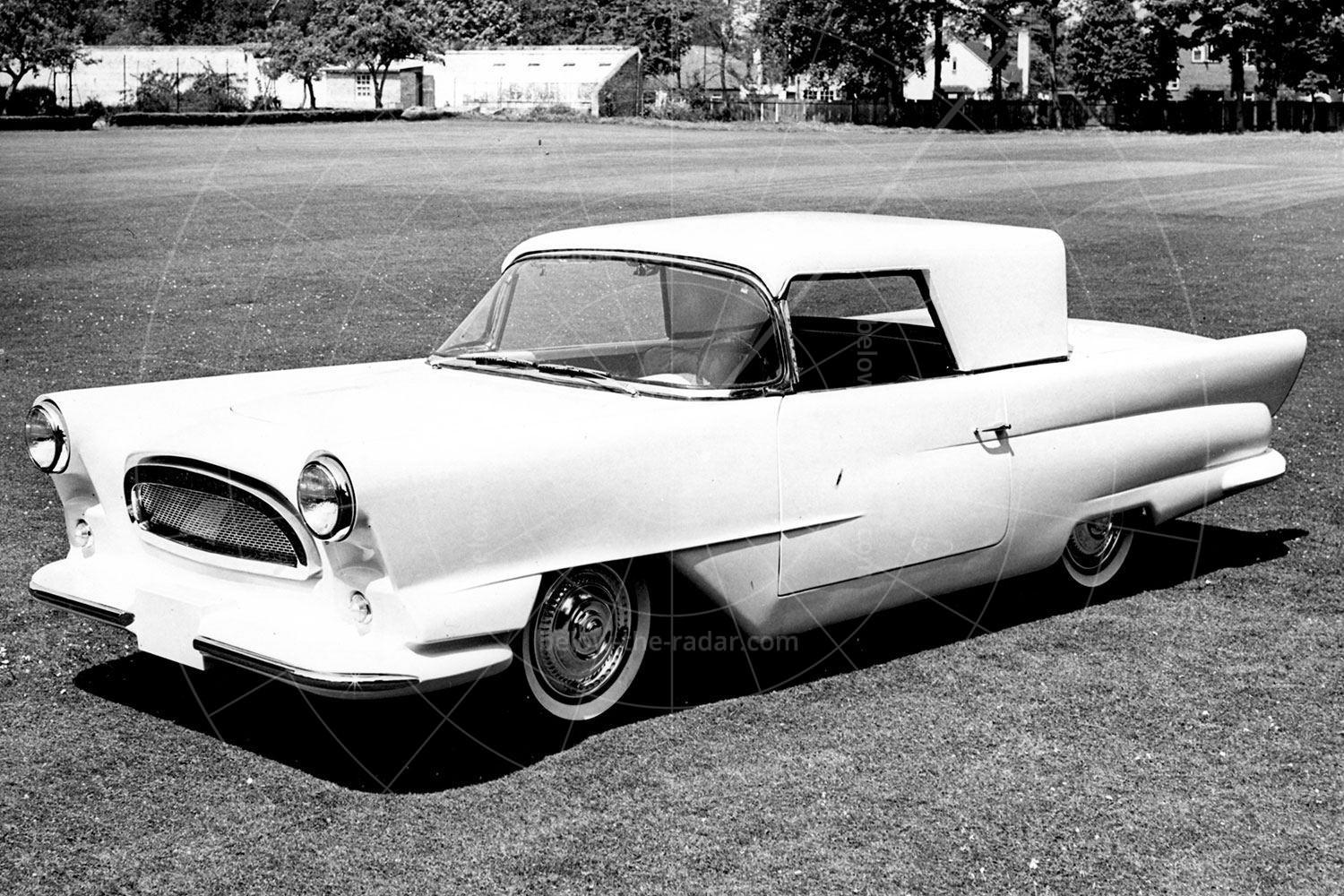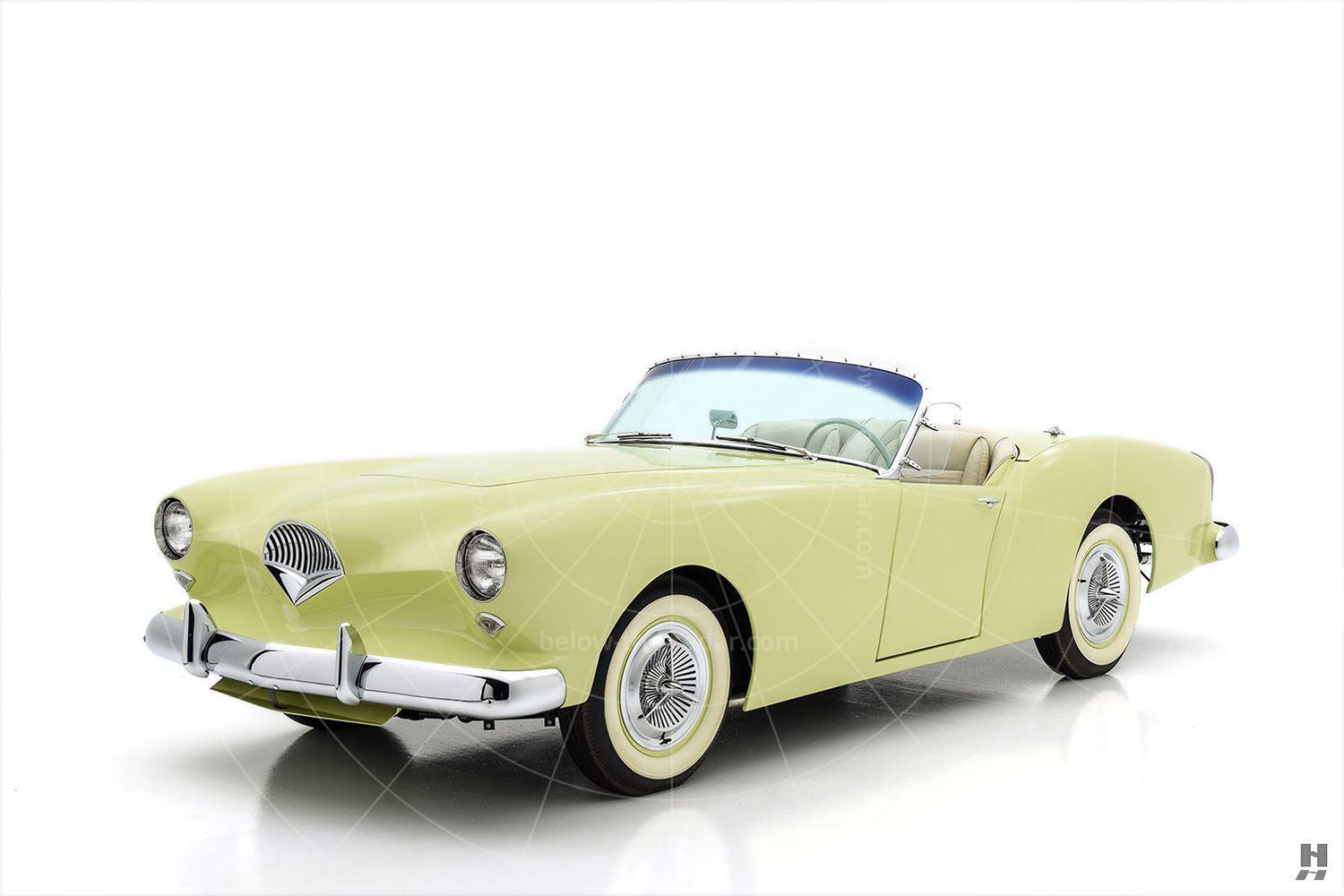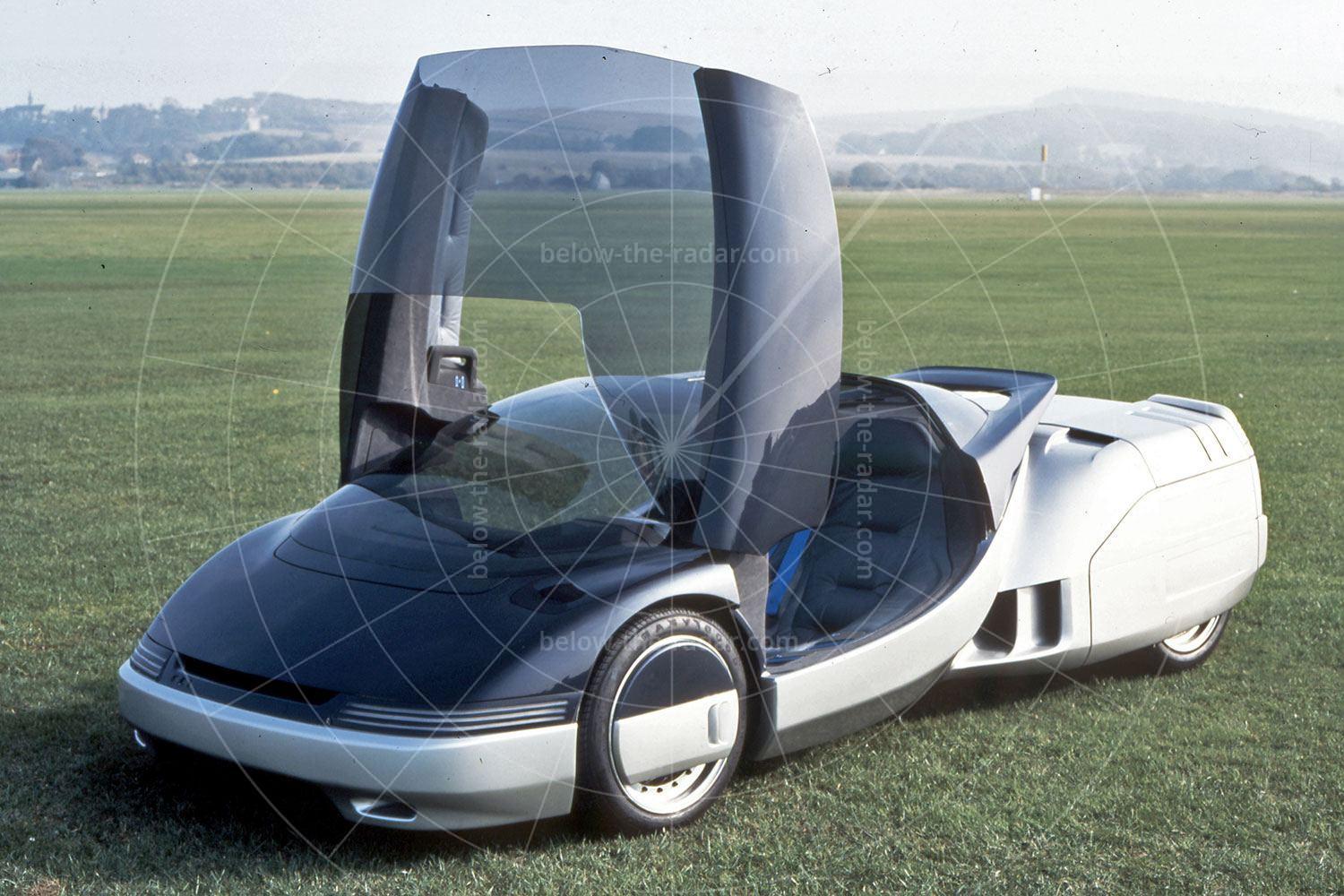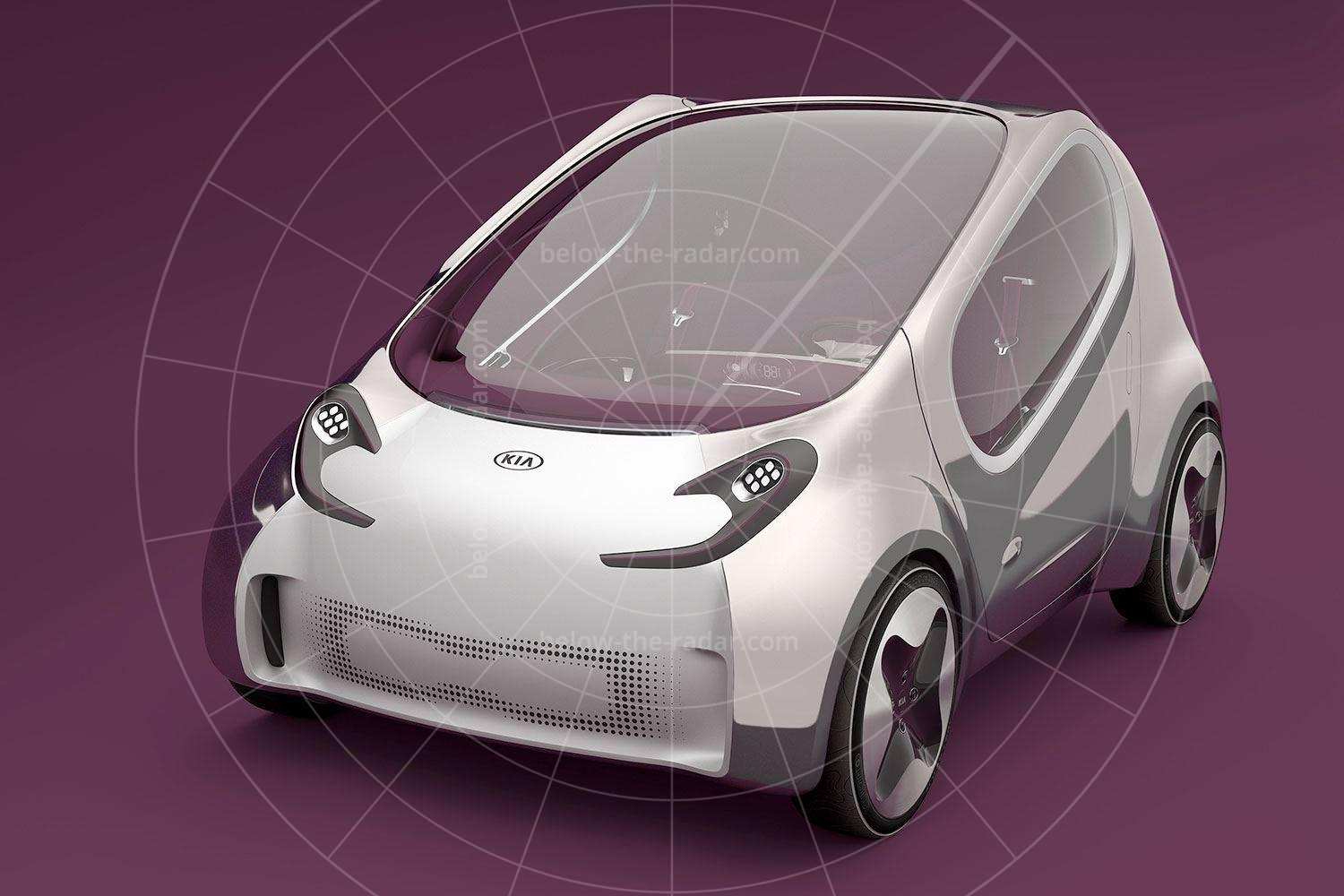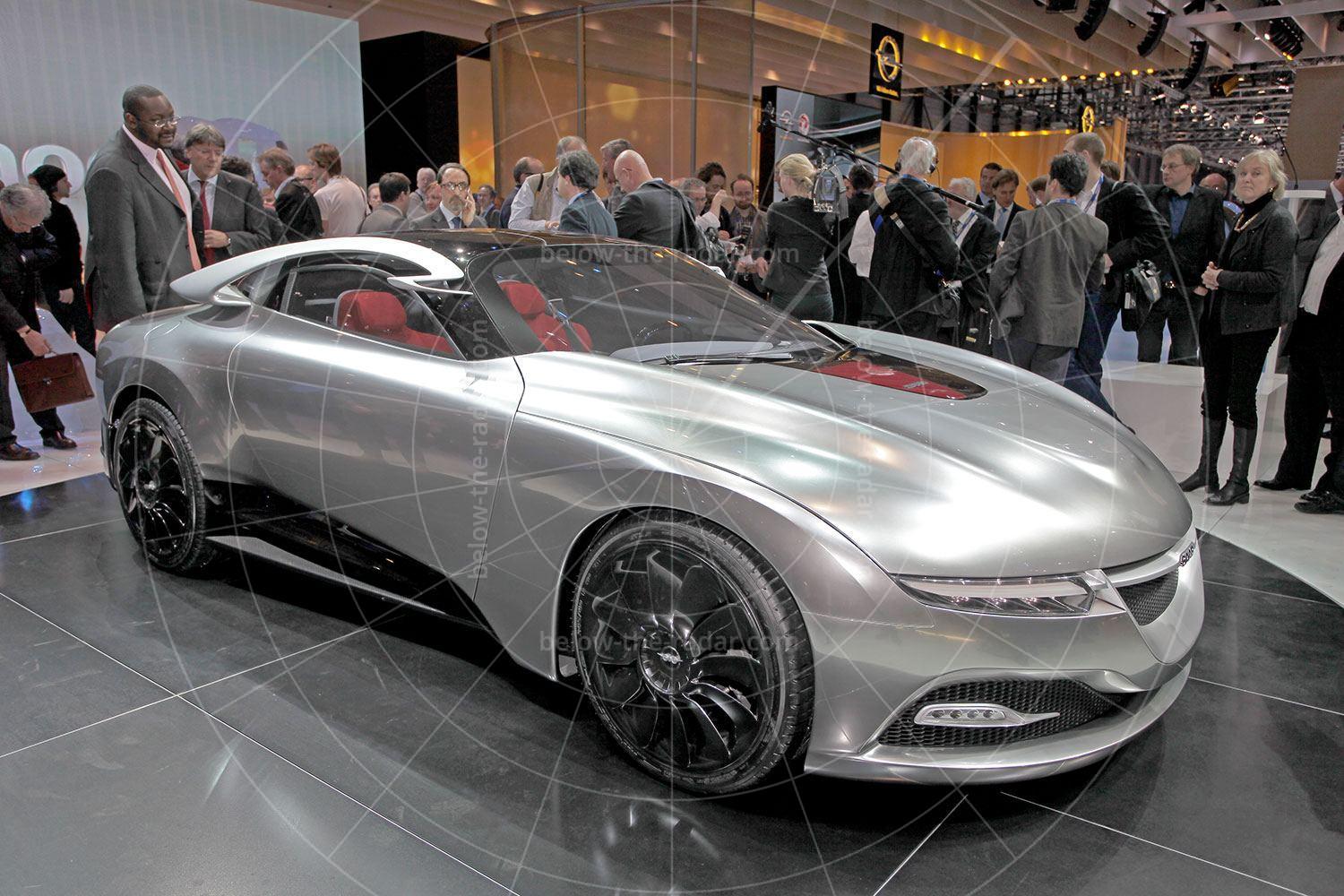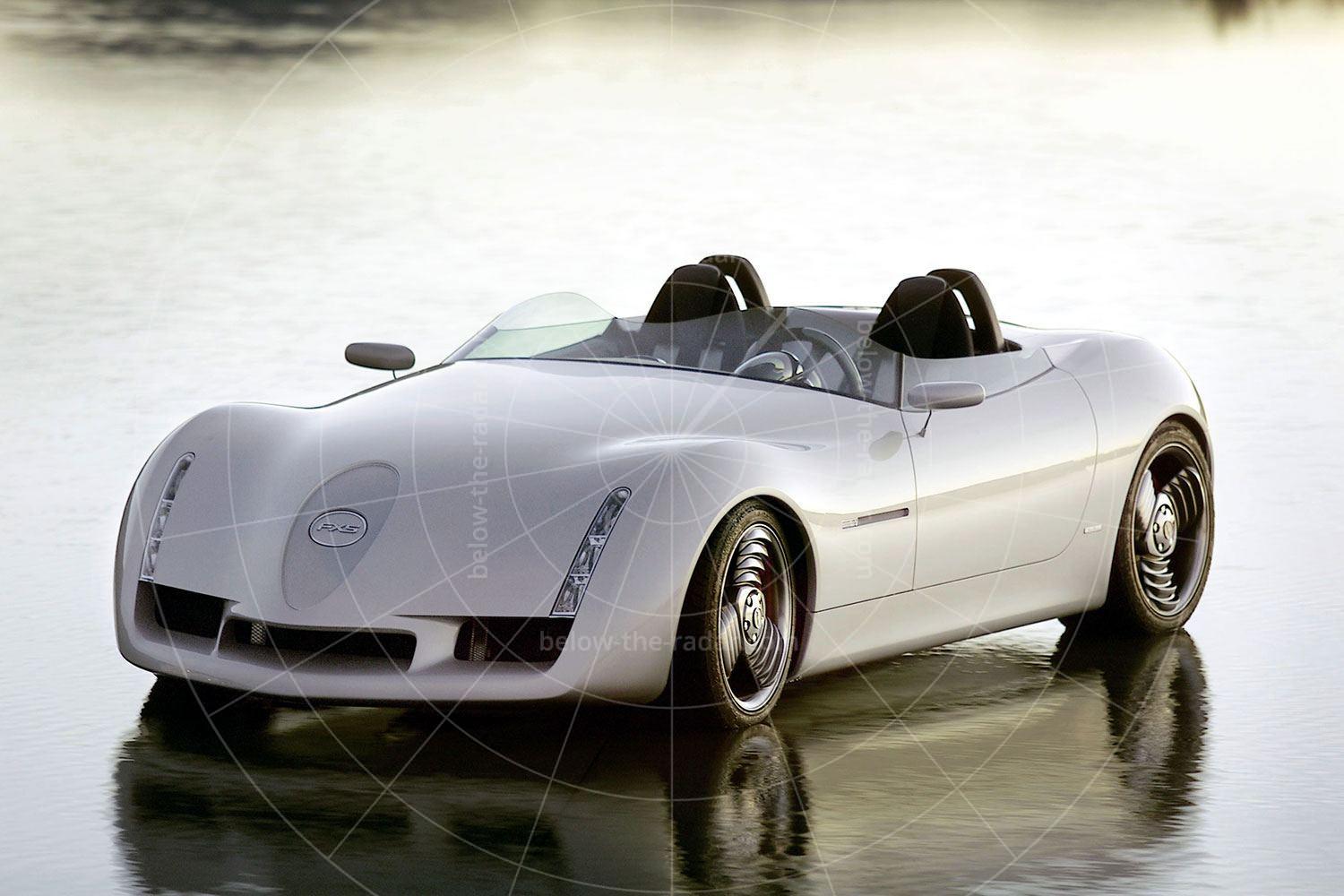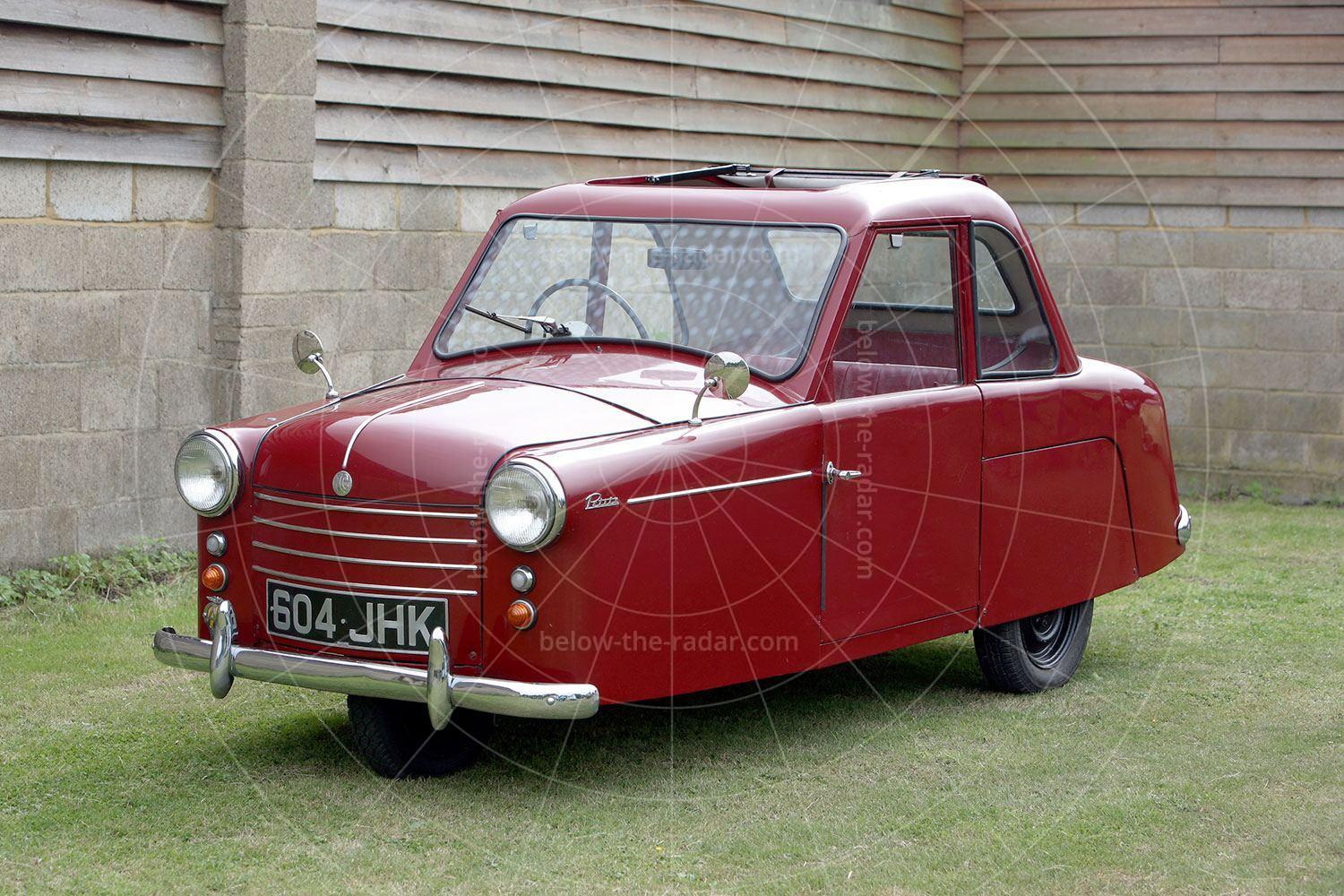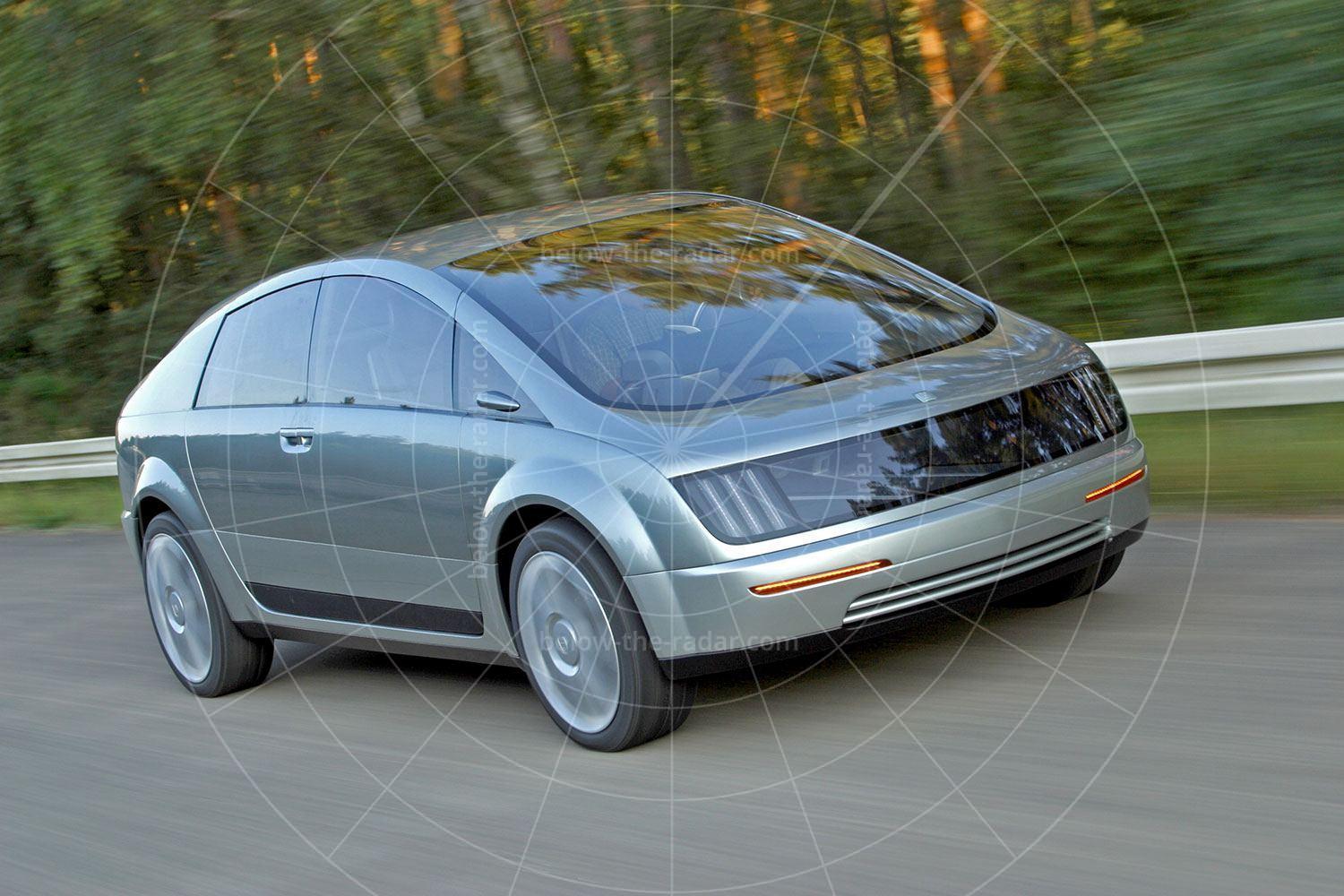There can be few concept cars that have had a more difficult gestation period than the Bugatti Veyron, once it had been decided that it would be offered for sale. Had the Volkswagen-Audi Group not been so ambitious with its targets, the Veyron wouldn’t have caused anything like as many headaches as it did, but the decision was made that not only would the Veyron offer 1001PS (987bhp), but it would also have to be able to top 250mph. That’s all very well, but trying to design running gear that can cope with those numbers is not the work of a few moments.
But although the Veyron (or EB 18/4 Veyron to give the concept its full title) became a monster, the original concept, as revealed at the 1999 Tokyo motor show, wasn’t nearly as powerful as the later production car.
The Veyron was an evolution of the EB 18/3 Chiron that was shown at the 1999 Frankfurt motor show. That concept had been designed by ItalDesign, but the Veyron featured an all-new interior as well as a new bodyshell. Like the Chiron, the dimensions of the Veyron were dictated by the car upon which it was based: the Lamborghini Diablo VT, which was chosen because it was the largest and most powerful car in the Volkswagen-Audi stable, both Bugatti and Lamborghini being owned by the German company.
The Diablo VT also featured a four-wheel drive transmission, which allowed the Veyron to put its power down with the minimum of fuss; by the time the power had nearly doubled for the production car, it would need all the help it could get to transmit such prodigious amounts of power to the road. Instead of finding the Diablo’s weedy V12 powerplant under the engine cover, there was a 6.3-litre W18 unit that generated 555bhp. This engine was a series of three banks of six cylinders, and although it was naturally aspirated in the original concept, no fewer than four turbochargers were installed by the time it made it to production, which was how it managed to generate such a prodigious amount of power.
Because the Veyron carried the hallowed Bugatti name, there were naturally plenty of design references to the glory days of the marque. The horse shoe-shaped radiator grille was the most obvious link, but there was also a central ‘spine’ running the length of the car; very subtle, but a reference to the Atlantic of the 1930s. Even the colour scheme evoked memories of the pre-war cars, with two shades of blue being used to give the car a less heavy look. The Veyron would continue to be shown at just about every major motor show after the original concept was displayed, and sometimes those later displays used a car that was painted red instead of blue.
The Veyron was touted as a serious production possibility from the outset, and it was to be positioned at the very top of the market; well beyond the level of the top Ferraris or Lamborghinis. That meant something pretty special had to be done with the interior, with exclusive materials being used throughout. To that end everything was either covered in Nubuck leather or aluminium, with art deco-style switchgear on the centre console. A large central dial housing the tachometer and speedometer was flanked by a quartet of smaller gauges monitoring the oil pressure, coolant temperature, fuel and battery voltage. The concept was fitted with 20-inch alloy wheels wrapped in ultra-low profile tyres; 335/30 at the rear and 265/30 at the front.
By autumn 2003 Bugatti had built its first running prototype for a road-going Veyron, although it would take another two years for the first customer cars to be delivered. It would take another decade for the full production run of 450 cars to be built, including a raft of special editions and one-offs.
| Engine capacity | 6.3 litres |
| Configuration | Mid-mounted W18, petrol |
| Power | 555bhp |
| Top speed | 180mph |
| Transmission | 5-speed manual, 4WD |
| Length | 4380mm |
| Width | 2000mm |
| Debut | Tokyo, 1999 |
| Designer | Hartmut Warkuss |

